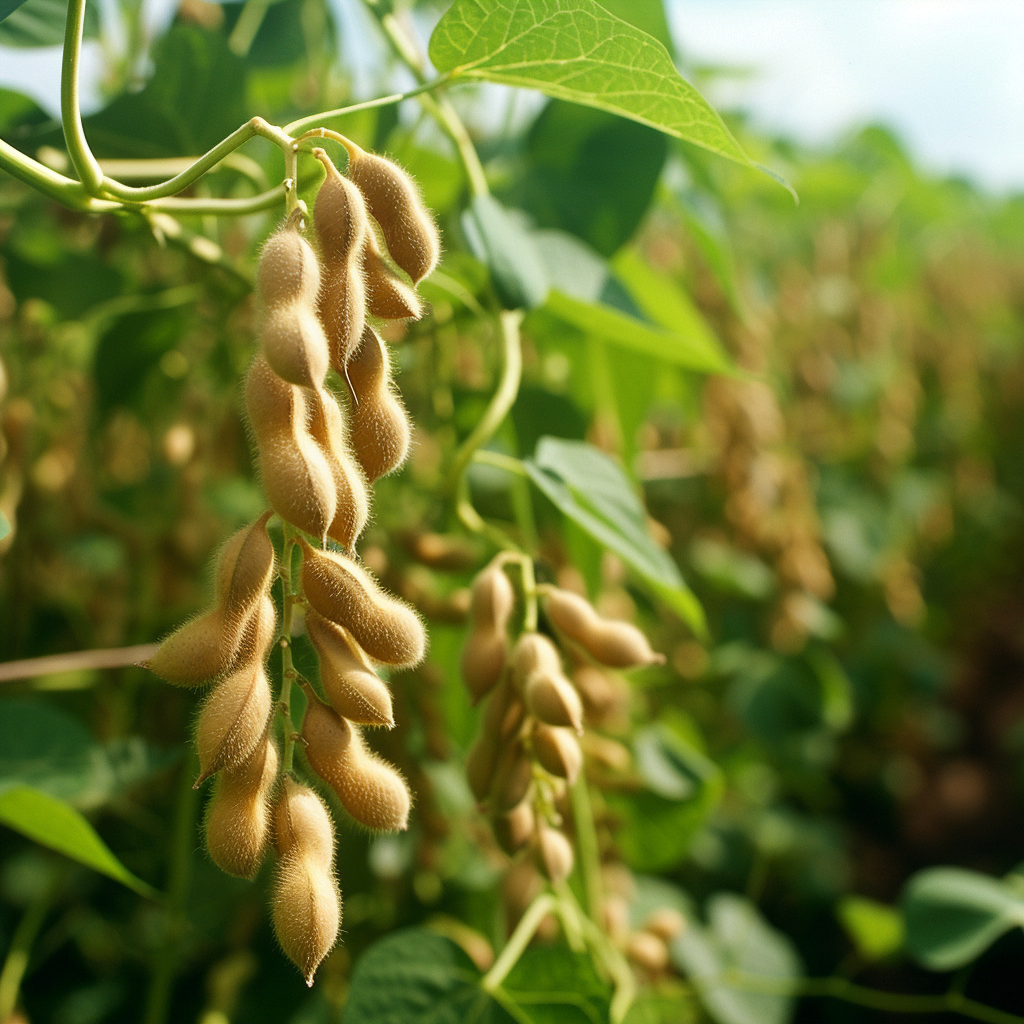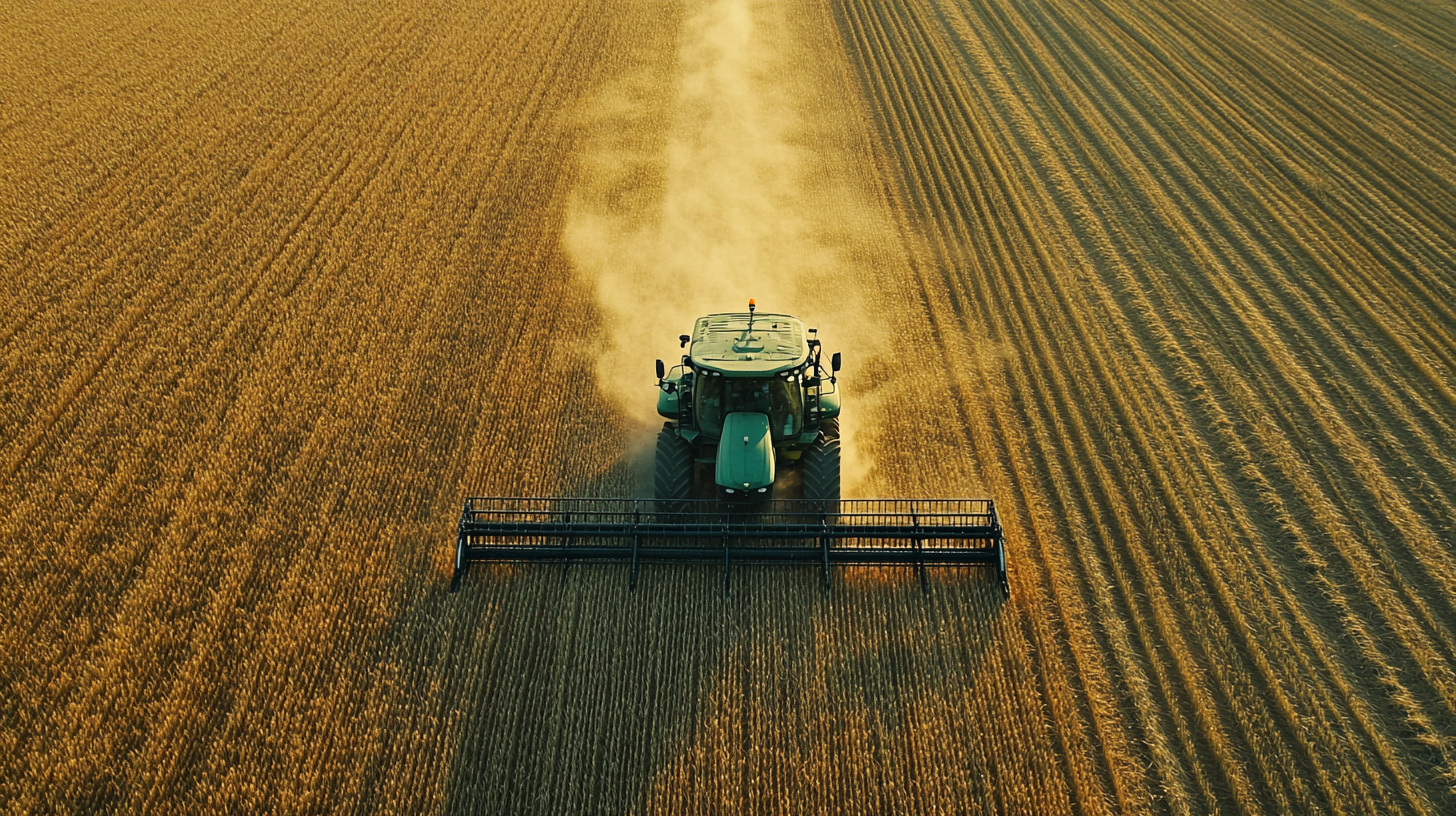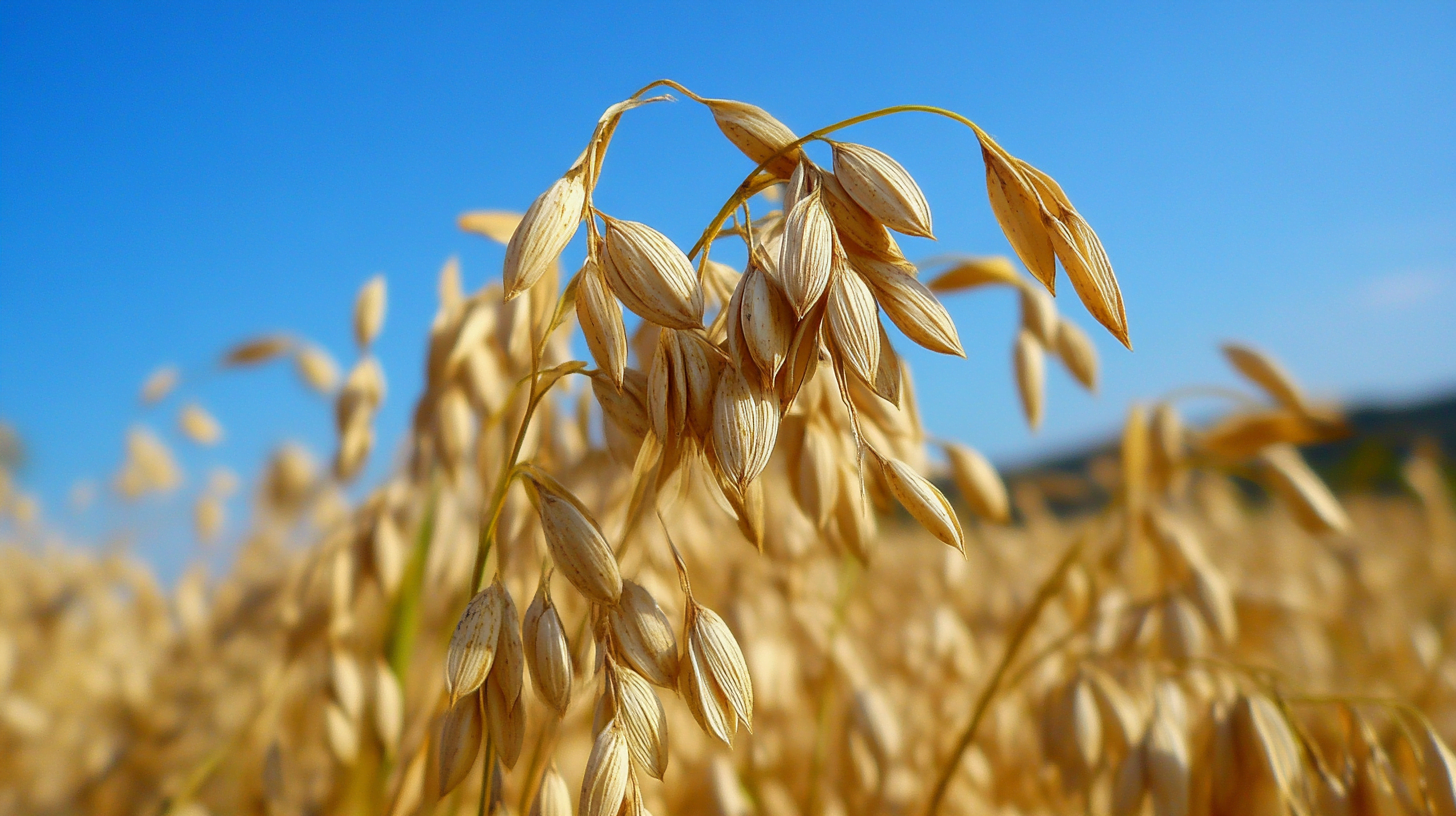Introduction
Soybeans are one of the most economically important global commodity crops, valued for their protein, oil, and versatility in food, animal feed, and industrial products. But which country actually produces the most soybeans? This comprehensive article will examine the major soybean producing nations, the history and factors enabling high production, and insights on possible future trends in global soybean agriculture.
You’ll discover how the United States rose to become the top soybean producing country, as well as learn which nations could contend that position in the coming years. Whether you’re a farmer, commodities analyst, or simply curious about soybeans, read on to uncover the fascinating story of soybean supply and demand around the world. We’ll answer the question – which country produces the most soybeans? – and much more about this globally vital crop.
A Brief History of Soybeans
Soybeans originated in China over 5000 years ago and were initially grown as a food crop. Soybeans later spread to other parts of Asia including Japan, Indonesia, Philippines, Vietnam, Thailand, and Nepal. Records indicate that soybeans first arrived in Europe in the 18th century and were introduced to North America by the 19th century.
The first documented soybean production in the United States occurred in 1765 in the state of Georgia. Benjamin Franklin sent seeds back from England, promoting soybeans as a new crop with potential for food, oil, and livestock feed. But soybeans remained a minor regional crop in the U.S. until the late 1920s.
Soybean production vastly expanded in the United States starting in the 1940s and 1950s. New industrial uses were developed, including soybean oil for cooking, paints, and other products. This drove additional demand along with soybean meal for poultry and livestock feed. Improved varieties were bred to suit different latitudes and climates across America. Soy quickly transitioned from a garden novelty to a major U.S. field crop.
Brazil began cultivating soybeans in the southern state of Rio Grande do Sul in 1914. Production was minimal until the 1960s and 1970s when the Brazilian government provided subsidies, research, and infrastructure development to expand soybean farming, especially on converted grazing lands. This enabled Brazil to become a top global soybean producer.
Meanwhile, Argentina also started growing soybeans as an agricultural export crop in the 1970s. The Pampas grasslands provided ideal geography and climate for high soybean yields. Soy oil and meal became leading Argentine exports by the 1990s and 2000s.
Importance of Soybeans as a Global Commodity
Today soybeans are one of the most widely grown and utilized agricultural commodities worldwide. As a legume crop, soybeans help fix nitrogen in the soil, providing ecological benefits. Soybeans contain on average 40% protein content along with 20% oil, making them valuable both as a food source and industrial/animal feed input.
The soybean is processed into three primary products:
- Soybean Meal: After crushing and extracting the oil, the leftover defatted soybean flakes are further processed into a high protein meal used for livestock, poultry, and aquaculture feed.
- Soybean Oil: The oil is extracted from crushed whole soybeans. Soy oil is the main vegetable oil consumed worldwide due to its affordability, versatility in cooking/baking, and neutral flavor profile.
- Whole Soybeans: Whole soybeans are used directly for food products like tofu, edamame, or textured vegetable protein. Whole beans can also be roasted or incorporated into other prepared foods.
Other food uses for soybeans include soy milk, soy sauce, soy sprouts, soy nut butter, soy protein powder, and more. Soybean components also have industrial applications in lubricants, cosmetics, inks, crayons, biofuels, and bioplastics.
As global population and income levels grow, demand rises for soybeans to meet food, feed, and industrial needs. Soybean production must continue expanding sustainably to supply this increasing world consumption.

Leading Soybean Production Regions
The main soybean producing countries are in North and South America. Prime conditions for growing soybeans include:
- Arable land
- Moderate rainfall
- Warm summer temperatures
- Frost-free season lasting 4-5 months
- Accessible transportation infrastructure
Major soybean production tends to be concentrated in certain agricultural areas based on optimal geography and climate.
In the United States, soybeans are predominantly grown across the Midwest and Upper South. The top five soybean producing states are Iowa, Illinois, Minnesota, Indiana, and Missouri. This region provides ideal rainfall, soil quality, and summer heat units for soybean cultivation.
In Brazil, the main soybean producing states are Mato Grosso, Paraná, Rio Grande do Sul, Goiás and Mato Grosso do Sul. Central and southern Brazil offer excellent conditions for soy with deep fertile soils, seasonable precipitation, and high solar radiation intensity.
In Argentina, soybean farming centers around the Pampas region which contains rich dark loam soils and moderate climate. The province of Buenos Aires produces the most soybeans in Argentina.
China’s soybean production occurs mostly across northern provinces like Heilongjiang, Jilin, Liaoning, and Inner Mongolia where adequate warmth and moisture allow the crop to mature.
India’s primary soybean areas are Madhya Pradesh, Maharashtra, and Rajasthan which have suitable rainfall and soil quality.
Factors Enabling High Soybean Production
In addition to geography, several key factors enable high soybean yields and production volumes:
Agricultural Research and Development
Continuous R&D by public institutions and private companies has improved soybean varieties, farming techniques, and crop management practices. Scientists have developed soybean cultivars with enhanced pest/disease resistance, environmental stress tolerance, and regionally optimized maturity times and yields. Precision agriculture, improved seed treatments, and optimized nutrient management allow farmers to increase soy productivity.
Transportation and Market Access
Soybeans are often transported long distances domestically and for export. Bulk shipment relies on waterways, railways, highways, and handling facilities to get soybeans from fields to end users worldwide in a cost-effective manner. Investments in transportation infrastructure benefit both farmers and soybean exporters.
Government Policies
Countries like the U.S. and Brazil have implemented various agriculture policies over time that incentivized soybean production through price supports, credit access, crop insurance, and trade policies. However, some conservation policies have aimed to limit unsustainable land conversion for soy.
Farm Mechanization
Tractors, planters, combines, and other specialized equipment enable farmers to plant, manage, and harvest vast areas of soybeans efficiently. Larger farms benefit most from mechanization and economies of scale. Precision agriculture technologies also optimize yields.
Financial Investments
Soybean production requires major investments in land, equipment, inputs, labor, storage, and transportation. Governments and private capital have funded these costs with the aim of profiting from soybean export markets. However, smallholder farmers often lack access to affordable credit.
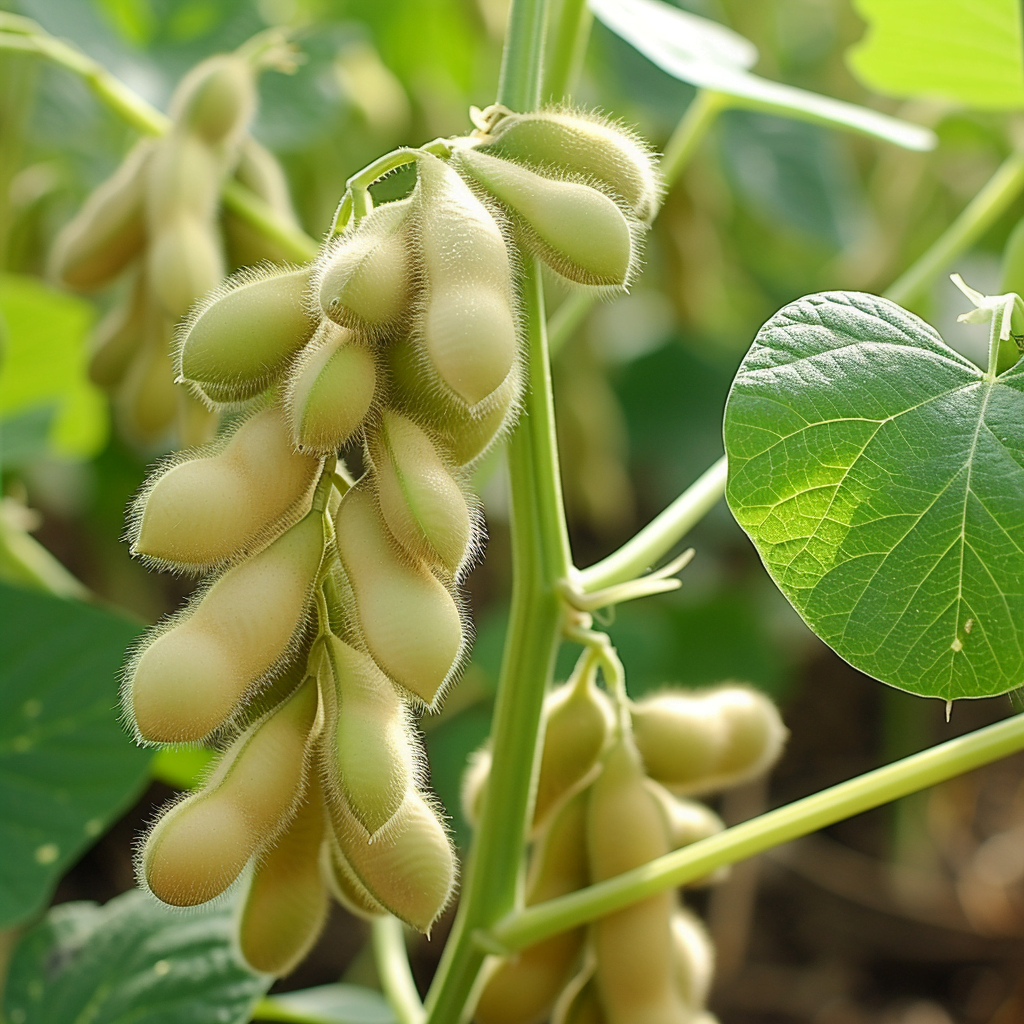
Top Soybean Producing Countries
Worldwide soybean production has rapidly expanded over the past 50 years from 27 metric tons in 1960 to 360 million metric tons in 2020. Below are details on the major soybean producing countries.
United States
The United States is the global leader in soybean production with over 120 million metric tons grown annually on average, accounting for 35% of total world output. Soybeans are the second largest U.S. crop by value after corn. The U.S. is projected to produce 132 million metric tons of soybeans in 2022/2023.
Soybeans were first introduced as a forage crop in the U.S. but transitioned to a major oilseed by the 1940s and 1950s. Soybean farming is concentrated across the Midwest Corn Belt states, with Iowa, Illinois, and Minnesota topping production. Other major producing states include Indiana, Missouri, Arkansas, Nebraska, and the Ohio Valley.
Reasons for immense U.S. soybean production include:
- Abundant prime agricultural land across the Midwest and South
- Government subsidies and crop insurance programs
- Investments in rural transportation systems and port facilities
- Tremendous resources for soy research and development
- Access to advanced farming technologies and equipment
- Suitable climate with moderate rainfall and long summer days
Most U.S. soybeans get crushed into livestock feed, exported, or go into biofuel production. Soybeans comprised a $47 billion crop in 2021 and make up over 90% of U.S. oilseed production. Continued demand growth will incentivize further expansion of American soybean acreage and output.
Brazil
Brazil ranks second in global soybean production at approximately 117 million metric tons on average, making up 35% of world output. The 2022/2023 Brazilian soybean crop is forecast to reach a record 144 million tons.
While soybeans originated in Asia, today Brazil utilizes more soybean land area than any country including the crop’s native China. Soybeans cover approximately 40% of Brazil’s total cropland.
The rapid growth of Brazil as a soybean powerhouse occurred in the latter 20th century as government policies spurred commercial soybean production expansion northward into the interior Cerrado region. Additional savanna and grazing lands continue being converted to soybean cultivation.
The top Brazilian soybean producing states are Mato Grosso, Paraná, Rio Grande do Sul, Goiás and Mato Grosso do Sul. Good soil fertility, precipitation, infrastructure, and transportation access enable Brazil’s soaring soybean exports. Further land conversion plus investments in transportation and storage could enable Brazil to potentially overtake the U.S. as the largest soybean producer.
Argentina
Argentina produces around 48 million metric tons of soybeans annually as its third most valuable crop after corn and wheat. Soybeans cover about 60% of Argentina’s cropland area, with ample room for continued expansion.
The Pampas grassland region offers prime geography for soybean agriculture, with rich dark soils, moderate rainfall, and flat landscapes. The province of Buenos Aires leads soybean production, followed by Cordoba, Santa Fe, and Entre Ríos.
Soybean farming took off in Argentina following soybean breeding programs in the 1960s and promotional efforts by the government. Argentina later became a leading exporter of soybean meal and oil. Excellent soil fertility and crop genetics enable soybean yields to rival those in the U.S. Further technical improvements and land conversion could boost Argentina to higher global soybean production rankings.
China
China produces around 16 million metric tons of soybeans annually, meeting approximately 40% of its domestic demand while importing massive amounts of additional soybeans from abroad. Soybeans are a traditional food crop in China used for products like tofu, soy sauce, bean sprouts and more.
Soybeans are cultivated across northern production zones like Heilongjiang, Jilin, Liaoning, Inner Mongolia, Shandong, and Henan provinces. Lack of high quality arable land and competing land uses limit China’s soybean production versus leading producers with vast fertile interior plains.
However, China’s soybean planting has rebounded in recent years due to government supports. Further investments to incentivize domestic soy production may slightly lessen China’s dependence on imported soybeans, but imports will continue playing a major role in meeting rising Chinese soybean demand.
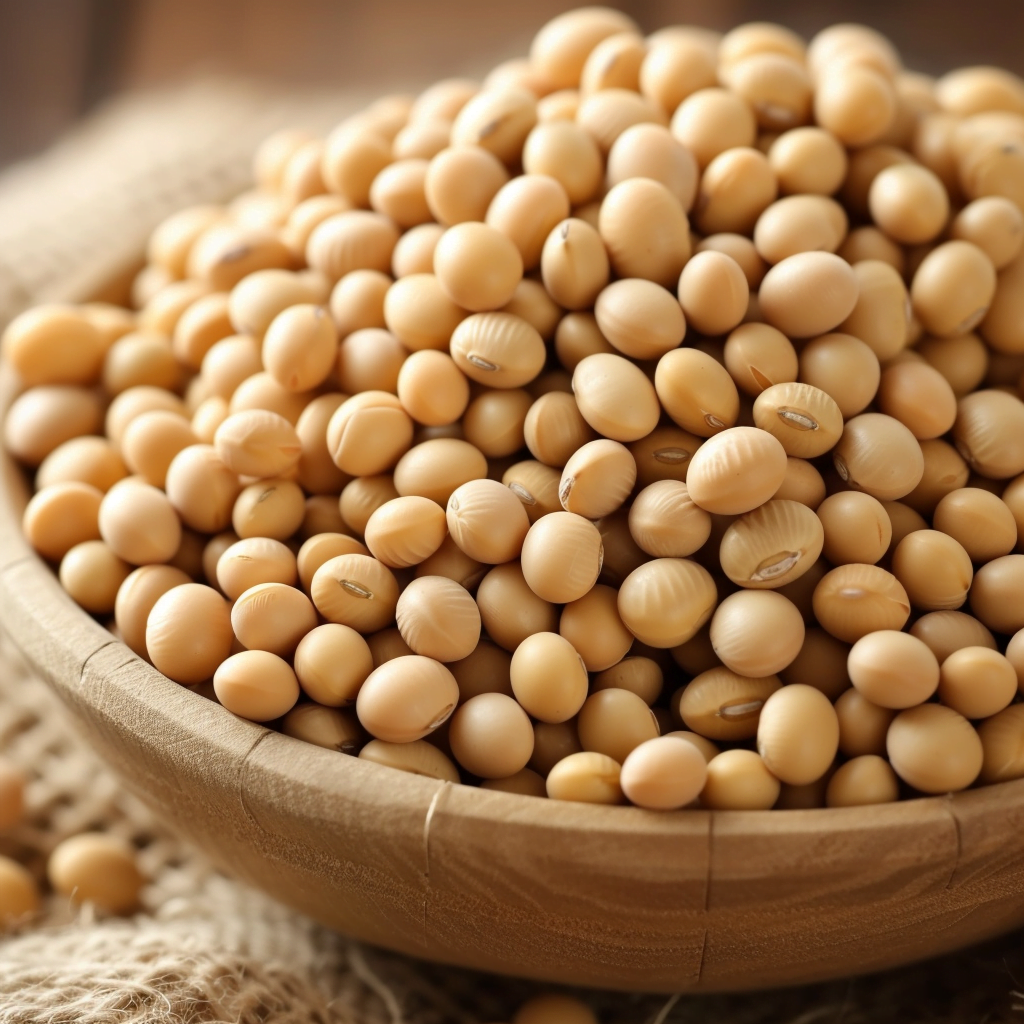
India
India produces around 11 million metric tons of soybeans annually, making it the world’s 4th largest soybean producer. Soybeans are a major oilseed crop for India, used domestically for soy oil and soy meal.
The main soybean producing states are Madhya Pradesh, Maharashtra, Rajasthan, and Karnataka, located in central and western regions. Soybeans are cultivated on around 11 million hectares, predominantly on marginal lands by smallholder farmers. Lack of irrigation infrastructure necessitates rain-fed soybean farming, resulting in low yields by global standards.
However, domestic soybean processing capacity has rapidly expanded in India over the past decade. Further improvements in production technology and added irrigation could enhance India’s soybean output. But production growth is limited since India prohibits cultivation of genetically modified soybean varieties.
Future Outlook for Soybean Production
Global soybean production increased by over 500% between 1960 and 2020. Output is projected to keep rising over the next decade to meet increasing demand for soy foods, oils, and animal feeds. However, prices and production shifts will depend on a variety of market factors.
Population growth, rising incomes, and dietary shifts towards more meat and soy-based foods will drive soybean demand higher, especially in developing countries. This should incentivize production expansion in the Americas and potentially new regions.
Climate change causing droughts, floods, heat waves or other weather extremes may stress soybean yields in some current breadbasket areas. Sustainability concerns could also curb conversion of native lands for soy.
Trade policies and tariffs between major producing and consuming countries, currency exchange rates, and relative crop prices will impact global soybean trade flows and production profitability.
Ultimately, the world’s current dominant soybean producers still have capacity for further growth. But Brazil and Argentina present strong competition and could surpass U.S. production given sufficient infrastructure investment and land availability. Overall, ensuring adequate soybean supply to meet increasing future food, feed and biodiesel demands will require a shared global effort across top producing nations.
Conclusion
Soybeans are a globally vital agricultural commodity used for food, animal feed, oil, and biofuel. The United States, Brazil, and Argentina make up over 80% of world soybean production. Abundant fertile croplands, favorable climates, infrastructure development, government policies, and technological advances have enabled these countries to excel as top soy producers.
Looking ahead, increasing population and higher soy consumption will incentivize production expansion in the Americas and possibly new regions like Africa. Even as output ramps up, the U.S is likely to maintain leadership as the dominant soybean producing country for years to come. However, Brazil presents strong competition and could contend the top position given ample land and infrastructure capacity. Regardless, soybeans will continue playing a major role in global food security and agricultural trade well into the future.
